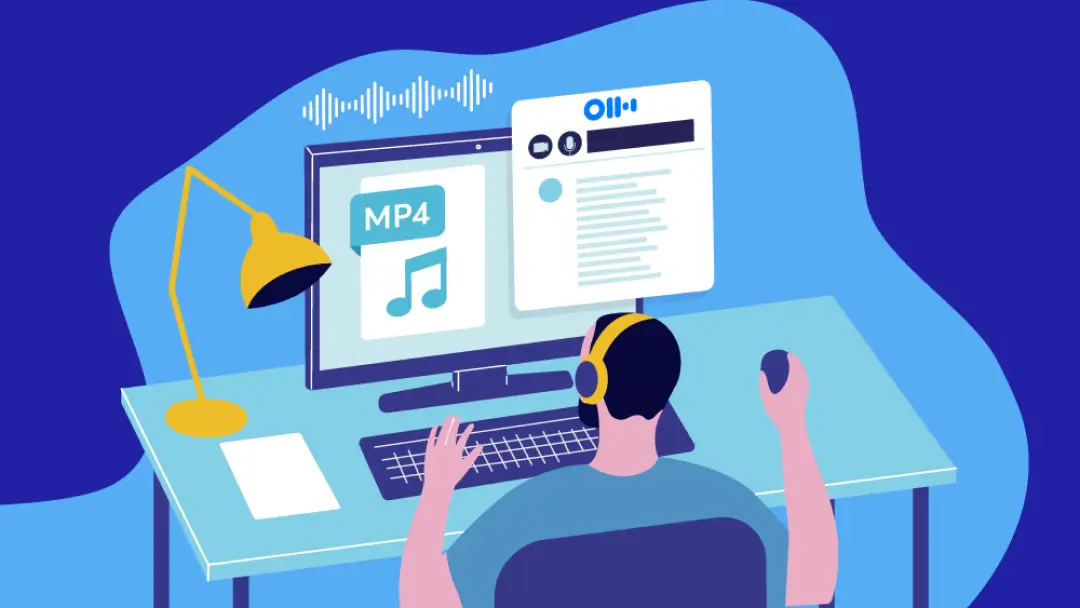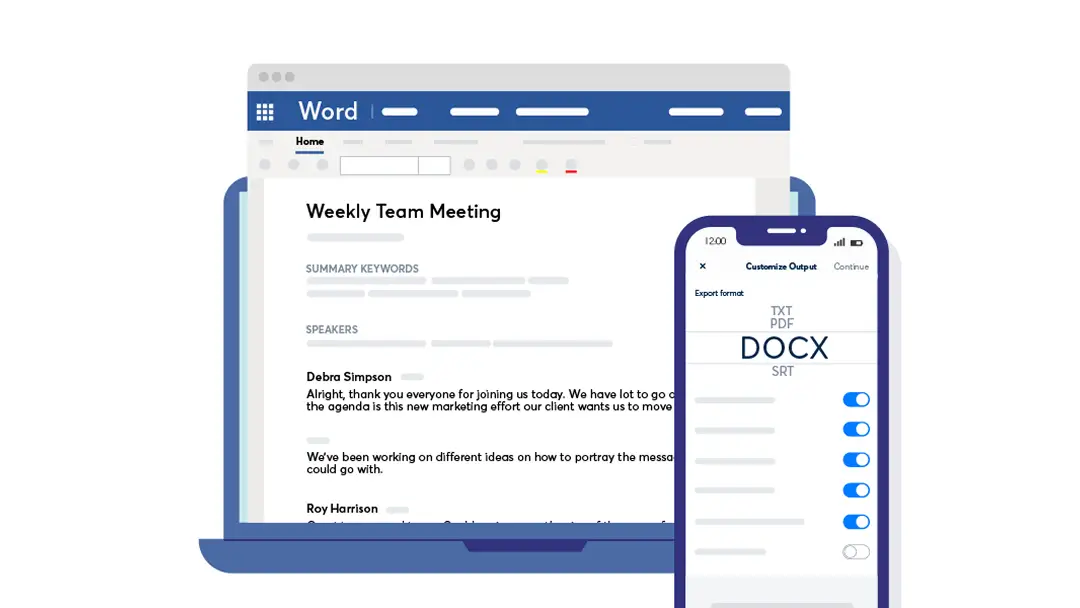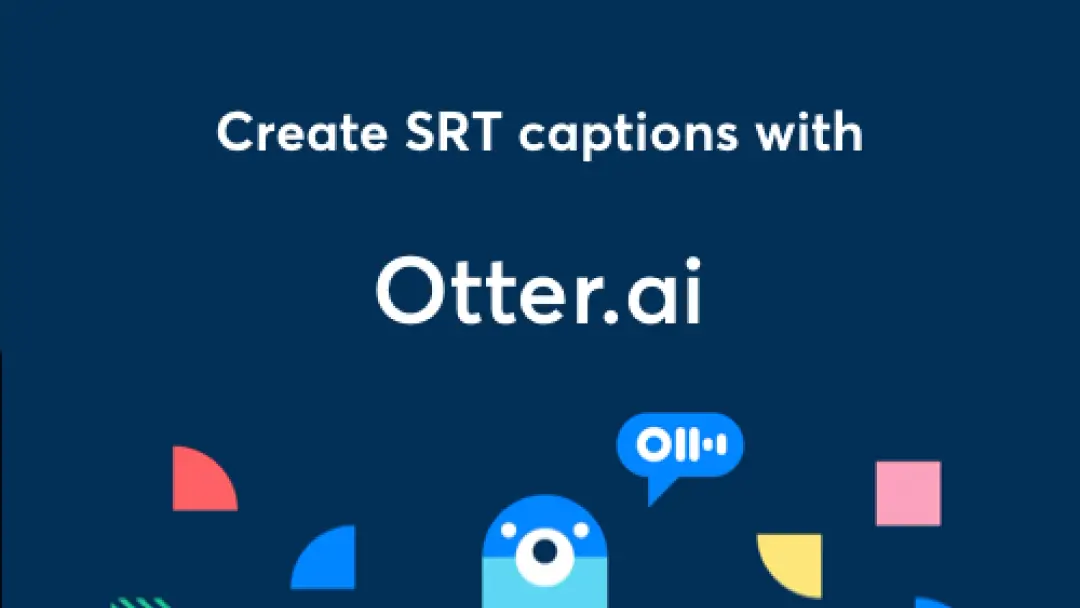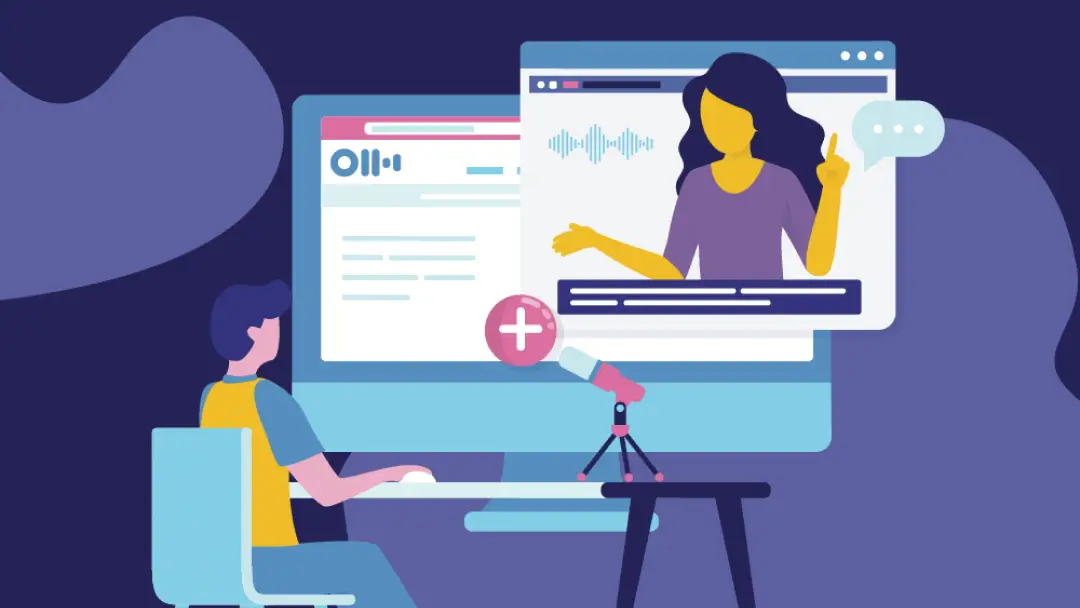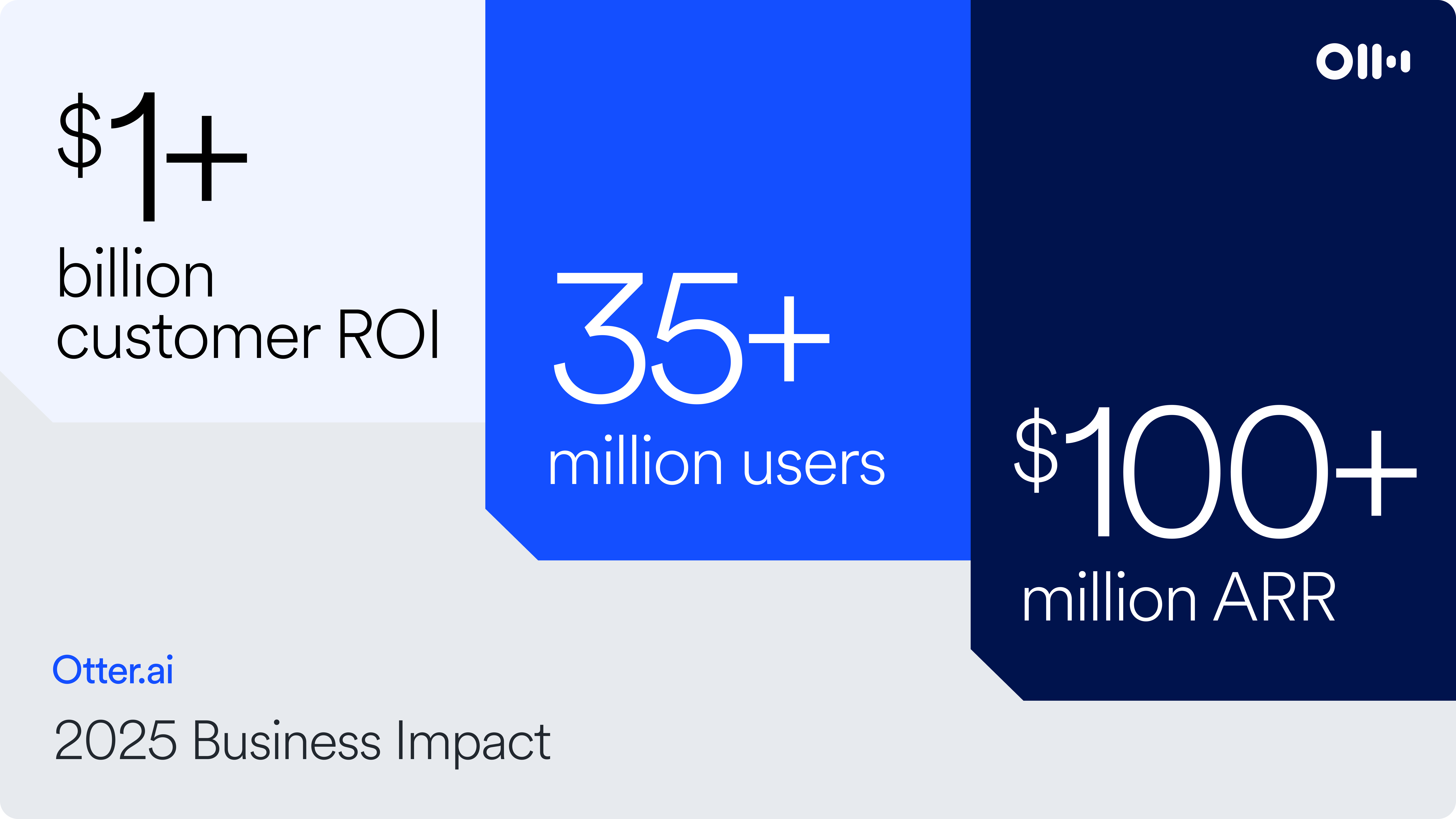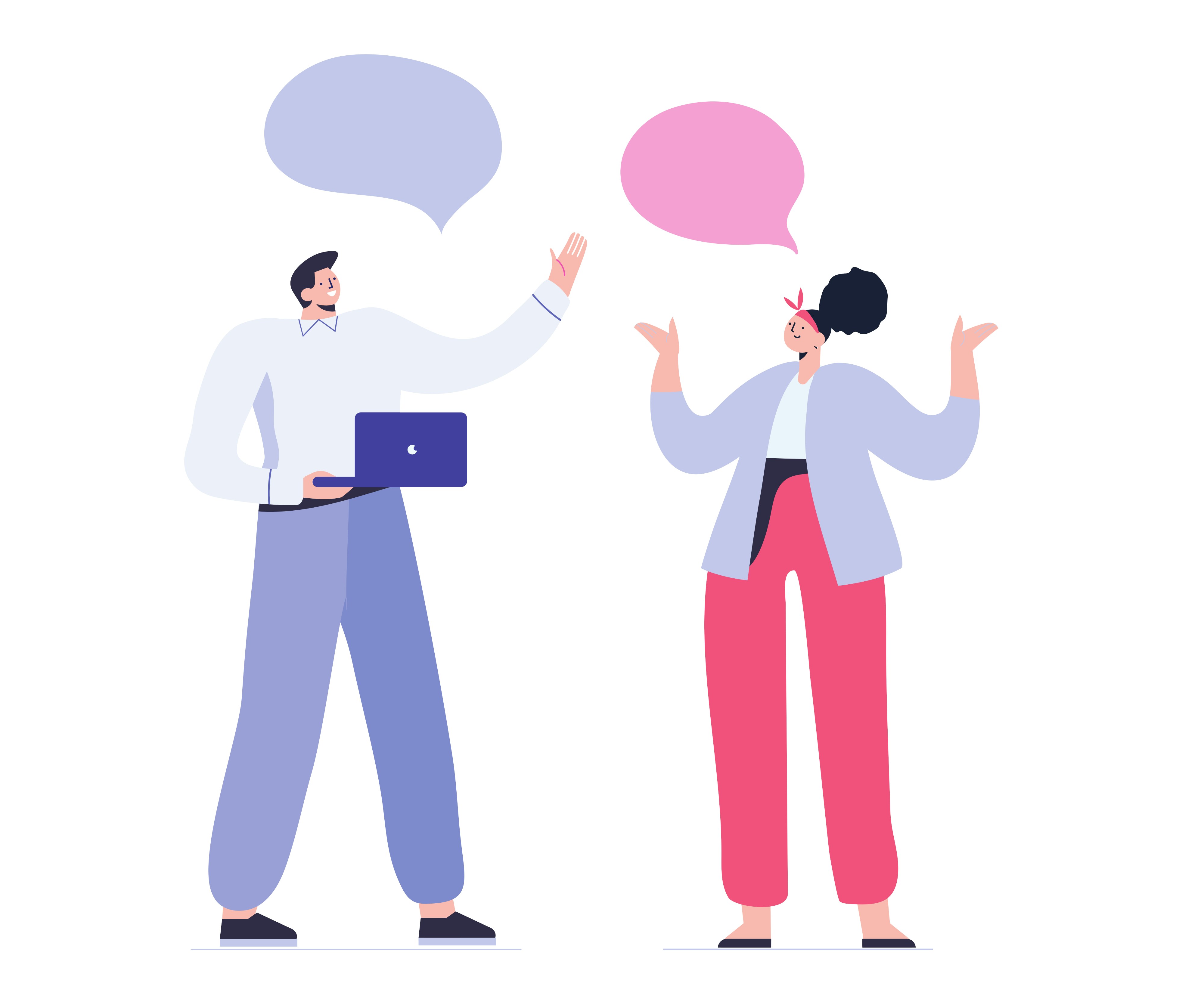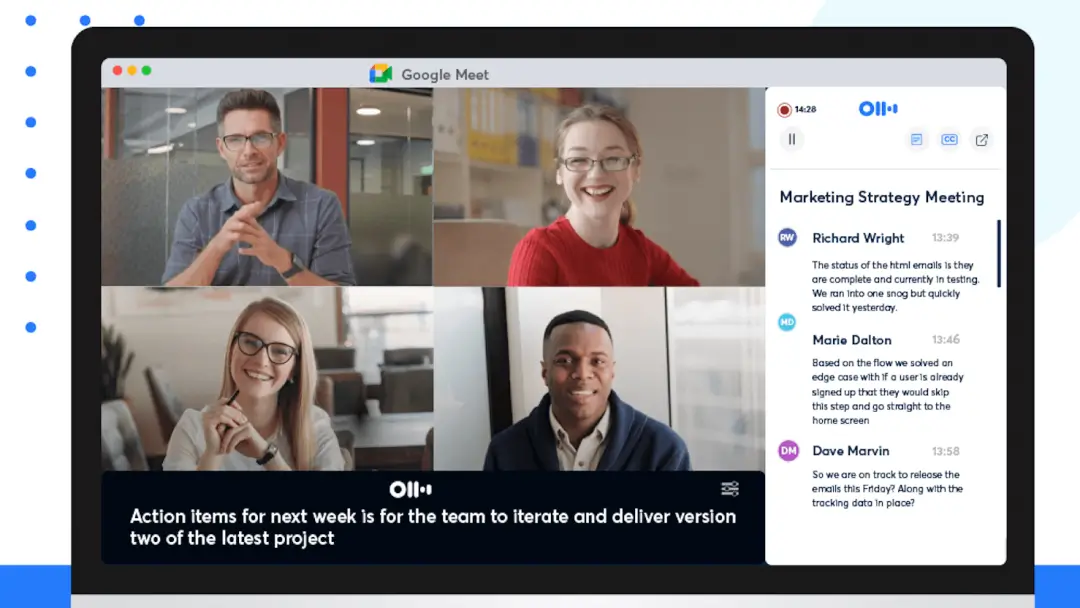Transcribe Audio to Text in 2023

Transcribing audio to text can be a useful tool for a variety of purposes. It can help with creating subtitles for videos, transcribing interviews for research, or even just making it easier to read through notes from a meeting. There are several different ways to transcribe audio to text, ranging from manual transcription to using automatic transcription software.
One option for transcribing audio to text is to do it manually. This can be a time-consuming process, but it can be especially useful for transcribing high-quality audio that is clear and easy to understand. To transcribe audio manually, you’ll need to record and listen to the audio and type out what is being said as accurately as possible. This can be done using a word processor or transcription software, which may have features like a foot pedal to pause and resume the audio as you type.
Another faster option for transcribing audio to text is to use automatic transcription software. These tools use artificial intelligence to analyze the audio and generate a transcript of what is being said. While automatic transcription software can be very accurate, it’s important to note that it may not always get everything right, especially if the audio quality is poor or there are multiple speakers with different accents. It’s a good idea to proofread the transcript and make any necessary corrections. You can even get started for free by signing up for an Otter.ai Basic account.
Regardless of which method you choose, transcribing audio to text can be a useful tool for a variety of purposes. Whether you’re creating subtitles for a video, transcribing an interview for research, or simply trying to make it easier to read through notes from a meeting, transcribing audio to text can help you get the information you need.






